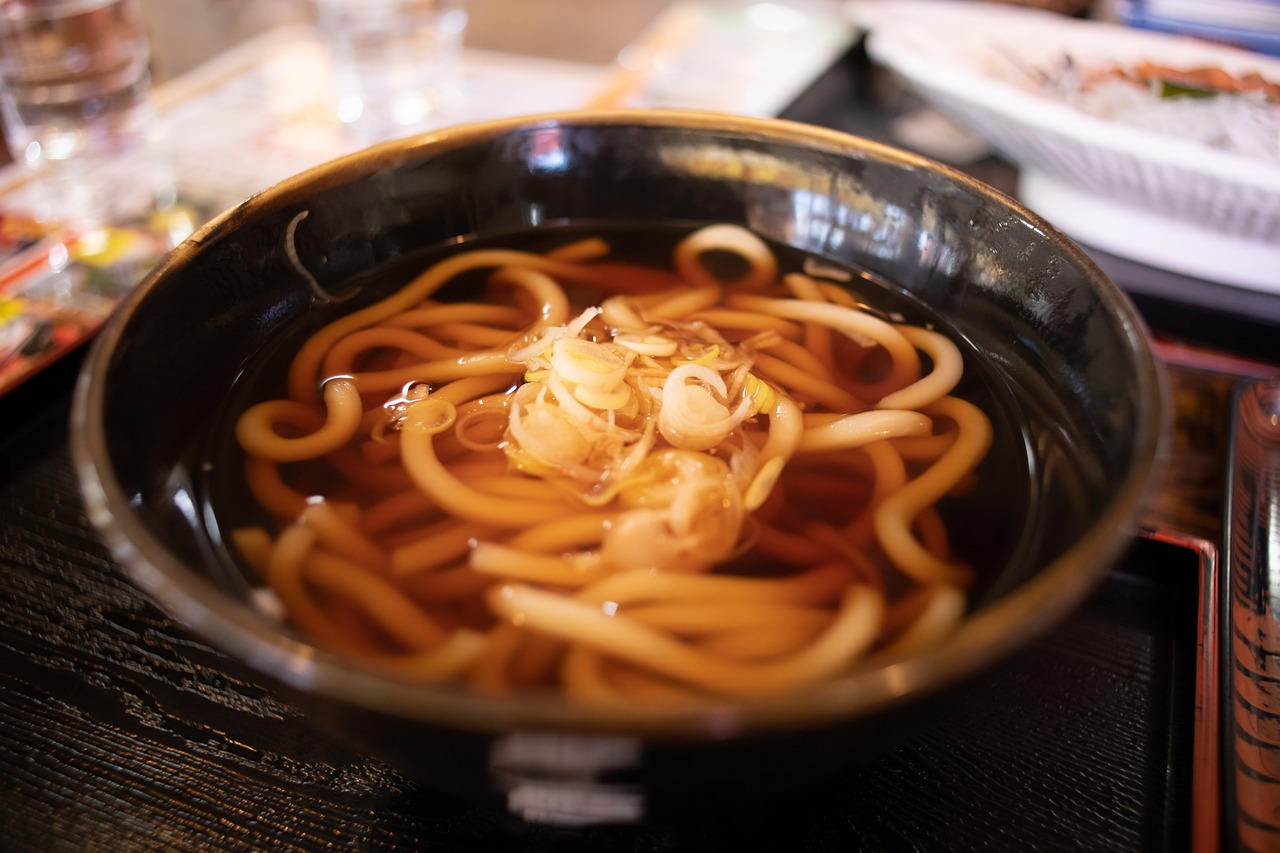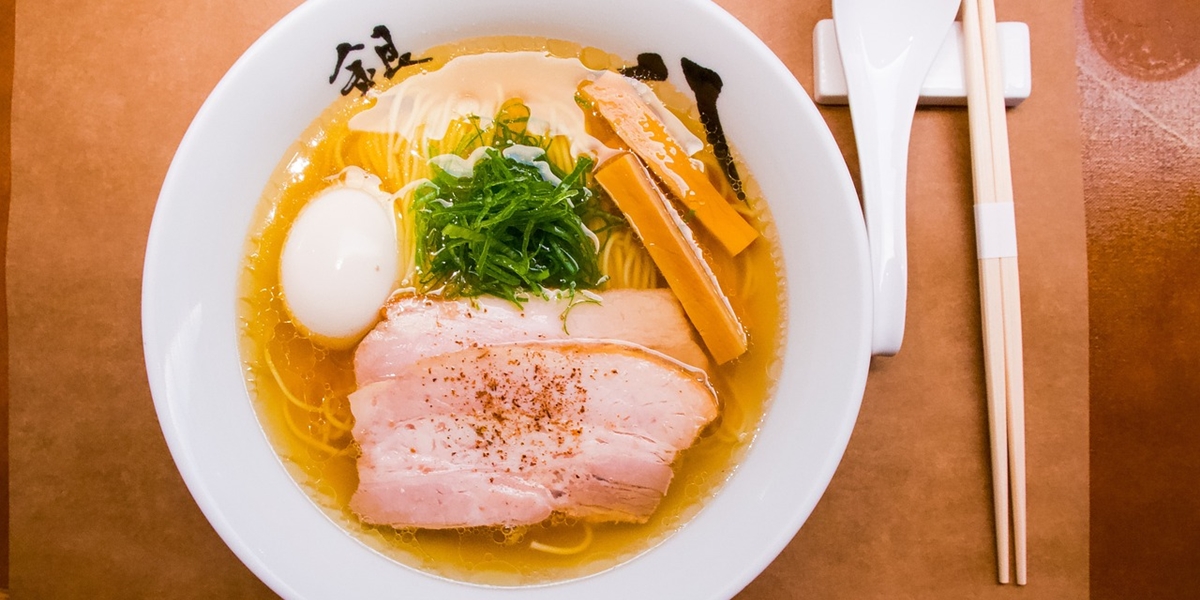Kapanlagi.com - Japanese specialty noodles have become one of the world's culinary icons that are highly favored, not only in Japan but also around the world. Japanese specialty noodles such as ramen, udon, soba, somen, yakisoba, and tsukemen have unique flavors and a long history that reflects the culture and traditions of Japan.
For example, ramen has evolved from a simple dish into a global cuisine with countless variations. In this article, Kapanlagi will discuss a complete explanation of each of these Japanese specialty noodles, which can provide a deep insight into this captivating cuisine.
Therefore, here is an explanation of Japanese specialty noodles such as ramen and others. Complete with explanations of these foods and the history of ramen itself. Let's check it out, KLovers.
1. Japanese Noodle Dishes

Illustration (credit: pixabay.com)
Before knowing the history of ramen as one of Japan's unique noodle dishes, KLovers should also know that Japanese noodle dishes are not just ramen. Japanese noodles have various types and serving styles that make them very diverse and interesting, one of which is ramen.
Ramen is one of the popular types of Japanese noodles worldwide. This noodle is made from wheat and served in various broth. Ramen has several main components that make it a rich and diverse dish in terms of taste and texture.
Made from wheat, ramen noodles have a chewy and elastic texture. These noodles can vary in thickness and shape, from thin and straight to thick and curly. The broth is an important component that determines the characteristics of ramen. Ramen also has various types of toppings.
Ramen itself actually originated from China, KLovers, and was introduced to Japan in the early 20th century. Since then, ramen has developed into various styles and variations throughout Japan, with each region having its own unique version of ramen. Eventually, it became a specialty food.
For example, there is Sapporo Ramen from Hokkaido, famous for its miso ramen with added corn and butter. Then there is Hakata Ramen from Fukuoka, known for its tonkotsu broth and very thin, straight noodles. And Tokyo Ramen is usually based on shoyu with a lighter broth.
Ramen has become an important part of Japanese culinary culture, with many specialized ramen restaurants, known as ramenya, spread throughout Japan and the world. Each restaurant usually has its own secret recipe and unique presentation style, making the experience of enjoying ramen always different.
2. Other Types of Japanese Noodle Dishes

Illustration (credit: pixabay.com)
In addition to ramen, there are several other types of Japanese noodles that KLovers commonly know. These include Udon, Soba, Somen, Yakisoba, and Tsukemen. These Japanese noodles have various types and presentation styles that make them very diverse and interesting. Here are some explanations of their differences:
1. Udon
Udon is a thick, chewy Japanese noodle made from wheat flour, salt, and water. Udon is usually served in a hot, light, and clear broth, often based on dashi (fish stock), shoyu (soy sauce), and mirin (sweet rice wine).
Udon Toppings: Various toppings can be added, such as tempura (tempura udon), raw or cooked egg (kamatama udon), green onions, kamaboko (fish cake), and various vegetables.
Variations: There are several variations of udon based on presentation style and region, such as Kitsune Udon (udon with sweet fried tofu) and Kake Udon (udon in a basic broth).
2. Soba
Soba is a thin noodle made from soba (buckwheat) flour or a mixture of soba flour and wheat flour. Soba has a darker color and rougher texture compared to other wheat noodles.
Serving Style: Soba can be served hot in broth or cold with dipping sauce. Zarusoba is a popular cold soba dish served with a dipping sauce called tsuyu, which is based on shoyu and dashi.
Soba Toppings: Some common toppings include nori (seaweed), wasabi, green onions, and tempura.
3. Somen
Somen is a very thin and smooth noodle also made from wheat flour. Somen is usually served cold, especially during the summer months in Japan.
Serving Style: Cold somen is typically served with a dipping sauce called tsuyu, similar to cold soba. Somen is served in a bowl with ice to keep the noodles cold and fresh.
Variations: Somen can also be served hot in soup, although cold serving is more common.
4. Yakisoba
Yakisoba is a Japanese stir-fried noodle dish made from wheat flour and similar to ramen noodles. This noodle dish is fried with various ingredients such as meat (usually pork), vegetables (cabbage, carrots, and onions), and a sweet and savory sauce.
Serving Style: Yakisoba is often served as a main dish or as street food and can be found at many Japanese festivals. Common toppings include aonori (dried seaweed), beni shoga (red pickled ginger), and katsuobushi (dried fish flakes).
5. Tsukemen
Tsukemen is a Japanese noodle dish served separately from its soup, which is usually thicker and richer in flavor compared to regular ramen soup. The noodles are dipped into the soup before eating.
Serving Style: The noodles and soup are served in separate bowls. The noodles are dipped into the soup before eating, providing a unique dining experience.
Variations: The soup for tsukemen can be based on shoyu, miso, or tonkotsu, and often includes additional toppings such as sliced pork, boiled eggs, and vegetables.
That's the explanation of Japanese noodle dishes that KLovers can know besides Ramen. Each of these Japanese noodle dishes offers a unique culinary experience and reflects the richness of Japanese culinary culture.
(kpl/dhm)
Disclaimer: This translation from Bahasa Indonesia to English has been generated by Artificial Intelligence.














